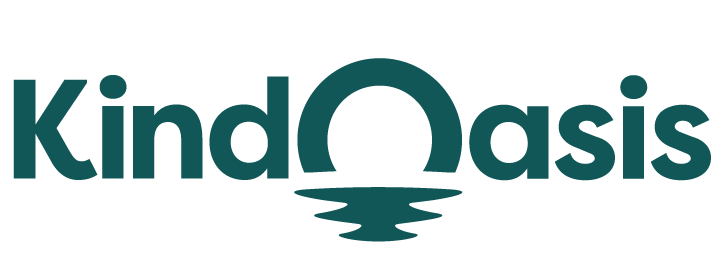How Can I Add A Chatbot To My Website?
Try AI ChatbotLearn how to easily add a chatbot to your website to enhance user engagement and improve customer support.

Integrating a chatbot into your website can significantly enhance user experience by providing instant support and information. If you’re wondering, "How can I add a chatbot to my website?" this article will guide you through the essential steps and considerations. A well-implemented chatbot can not only improve customer engagement but also streamline operations by automating responses to common inquiries. For more insights on the role of chatbots, check out this guide on building a chatbot.
One of the most effective ways to add a chatbot to your website is by utilizing VanChat. This AI-powered pre-sales chatbot for Shopify is designed to enhance the shopping experience and boost sales. VanChat can accurately answer 97% of customer questions without human intervention, making it an invaluable asset for any eCommerce business. By continuously learning from your store’s text, images, and videos, VanChat ensures timely and precise responses, which can dramatically improve user satisfaction.
Choose the Right Chatbot for Your Needs
The first step in adding a chatbot to your website is to determine the specific needs of your business and users. Consider what functions you want the chatbot to perform—whether it's answering FAQs, providing product recommendations, or helping with order tracking. Understanding these needs will help you choose a chatbot solution that aligns with your goals.
VanChat excels in providing tailored product recommendations based on user preferences and shopping habits. Its ability to ask follow-up questions ensures that users receive accurate and relevant responses, streamlining their shopping experience. For further reading on choosing the right chatbot, check out this article on chatbots for websites.
Sign Up for a Chatbot Service
Once you’ve identified your requirements, the next step is to sign up for a chatbot service. Many platforms offer easy-to-use interfaces that allow you to set up and customize your chatbot without any coding knowledge. Services like VanChat can seamlessly integrate into your Shopify store, providing a real-time interactive experience for your users.
Additionally, you can explore various integrations that allow your chatbot to communicate with other tools and services, enhancing its functionality. For example, VanChat integrates seamlessly with Shopify, enabling it to provide detailed information about orders, discounts, and product availability. To learn more about installing chatbots, refer to this installation guide.
Customize Your Chatbot’s Appearance and Tone
Personalizing your chatbot's appearance and tone is crucial for ensuring it aligns with your brand identity. Choose a color scheme, avatar, and greeting message that reflects your brand’s personality. A friendly and approachable tone can make users feel more comfortable interacting with your chatbot.
VanChat’s personalization features enable it to offer tailored product recommendations based on user data, enhancing user satisfaction. By analyzing behavior, purchase history, and chat logs, VanChat creates detailed profiles for more accurate interactions, which can speed up purchase decisions.
Integrate the Chatbot into Your Website
After customizing your chatbot, the next step is to integrate it into your website. Most chatbot services provide straightforward instructions for embedding the chatbot on your site. This typically involves copying a code snippet and pasting it into the HTML of your website.
Make sure to test the chatbot thoroughly after integration to ensure it functions correctly and provides a seamless experience. VanChat, for instance, is designed to automate tasks such as checking orders and updating carts based on shopper requests, making it a vital tool for enhancing eCommerce operations. For more detailed instructions on integration, visit this blog on adding chatbots.
Monitor and Optimize Performance
Once your chatbot is live, monitoring its performance is crucial for continuous improvement. Use analytics tools to track user interactions, response times, and satisfaction rates. This data will help you identify areas for enhancement and make necessary adjustments.
VanChat offers insights that allow you to refine the chatbot’s capabilities continually. By analyzing user interactions, you can make data-driven decisions to improve responses and adapt to changing customer needs. To explore more about optimizing chatbot performance, you might find this article helpful: Integrating chatbots.
Conclusion
Adding a chatbot to your website is a valuable step toward enhancing customer engagement and automating support. By following these essential steps and leveraging tools like VanChat, you can create an interactive experience that meets your users’ needs. Start by choosing the right chatbot for your business, customize its features, and monitor its performance to ensure ongoing success.





